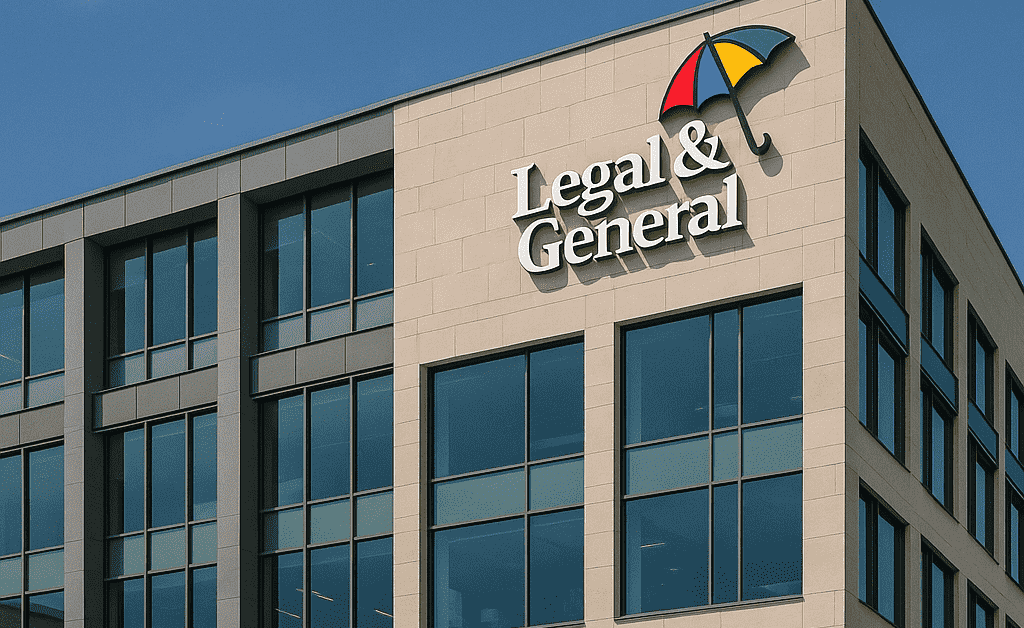Imagine opening your bank statement and spotting a surprising bill from HMRC. For millions of people, this is the new reality. The rising savings tax burden is hitting ordinary UK savers harder than ever before. Frozen tax thresholds, coupled with higher interest rates, are pushing more individuals into paying tax on their savings interest creating a financial squeeze that many didn’t see coming.
Rising Savings Tax Burden Hits Record Numbers
The number of savers affected by the rising savings tax burden has skyrocketed. In the 2025/26 tax year, 2.64 million UK savers are expected to pay tax on their savings interest up from just 647,000 in 2021. That’s a fourfold increase in just a few years.
Basic-rate taxpayers are seeing the steepest rise in liability. From 494,000 in 2022/23, the number is projected to reach 1.15 million by 2025/26. Higher-rate taxpayers aren’t spared either, with 897,000 expected to be paying savings tax soon.
UK Spending Power: How Inflation Impacts Wages & Savings
Why the Rising Savings Tax Burden Is Growing
There are three main reasons for the surge in the rising savings tax burden:
-
Frozen income tax thresholds — Since 2021, tax bands have remained unchanged despite inflation pushing incomes higher. This “fiscal drag” moves more savers into higher brackets, reducing their tax-free Personal Savings Allowance (PSA).
-
Rising interest rates — The average easy-access savings account now pays 2.76%, compared with 0.19% in 2021. While that’s good news for savers in theory, it means many exceed their PSA and face tax bills.
-
Outdated PSA limits — The PSA hasn’t changed since 2016. Basic-rate taxpayers get £1,000 tax-free, higher-rate taxpayers get £500, and additional-rate taxpayers get nothing. Inflation erodes the real value of these allowances every year.
How the Rising Savings Tax Burden Works
The savings tax applies to interest earned on non-ISA accounts. The rules are:
-
Basic-rate taxpayers pay 20% on interest above £1,000.
-
Higher-rate taxpayers pay 40% on interest above £500.
-
Additional-rate taxpayers pay 45% on all interest with no tax-free allowance.
Example: A basic-rate taxpayer earning £50,000 could tip into the higher-rate bracket with just £1,000 in interest. Their PSA would be halved, and the excess interest taxed at 40%. Many savers are caught out by this complexity.
Impact of the Rising Savings Tax Burden on Everyday Savers
Ordinary savers not just the wealthy are feeling the pinch. Many are simply putting aside funds for a first home, retirement, or an emergency. Yet, they face unexpected tax bills.
-
65% of branch customers at one building society used their full £20,000 ISA allowance last year to avoid paying savings tax.
-
The average bill for those caught by the tax is around £2,300 this year.
-
Basic-rate taxpayers now make up the fastest-growing group affected.
This mounting burden could discourage people from saving at all, weakening long-term financial security.
Government’s Response to the Rising Savings Tax Burden
The government claims it is safeguarding savers. The £20,000 ISA limit remains intact, allowing many to shelter savings from tax. Officials have stated there are no plans to increase income tax, National Insurance, or VAT rates.
However, critics say the government is quietly raising revenue through “tax by stealth” by freezing thresholds and leaving PSA rates untouched. Financial experts have suggested:
-
Raising the PSA to match inflation.
-
Simplifying savings tax rules to make them easier to understand.
Proposed Changes That Could Deepen the Rising Savings Tax Burden
There have been rumours of cuts to the ISA allowance potentially slashing it from £20,000 to as low as £4,000 or £5,000. While aimed at pushing people toward investments like stocks, this could expose more savers to tax bills.
Another proposal is to require banks to share National Insurance numbers with HMRC. Supporters say it would improve tax compliance, but critics worry about privacy risks and possible errors that could result in incorrect deductions.
How to Reduce the Rising Savings Tax Burden
While the rules might be complex, there are smart ways to reduce your tax liability:
-
Maximise ISA contributions — You can save up to £20,000 each tax year tax-free. Learn more about ISAs here.
-
Spread savings across accounts — Keep interest earnings under your PSA.
-
For couples, split savings — This effectively doubles the PSA between you.
-
Seek professional advice — Financial advisors can recommend the most tax-efficient options.
What’s Next for the Rising Savings Tax Burden?
This issue isn’t going away soon. HMRC predicts 893,000 more savers will be paying the tax by 2028/29. With a Budget announcement on the horizon, the government may be forced to act.
Possible solutions include:
-
Increasing the PSA to reflect inflation.
-
Adjusting tax thresholds annually.
-
Simplifying savings tax rules for clarity.
Navigating the Rising Savings Tax Burden
The rising savings tax burden is becoming a significant challenge for UK savers. But with strategic planning such as maximising ISA use and managing interest earnings you can reduce or even avoid paying extra tax.
Stay informed, keep track of your interest earnings, and adapt your savings strategy to protect your hard-earned money.



